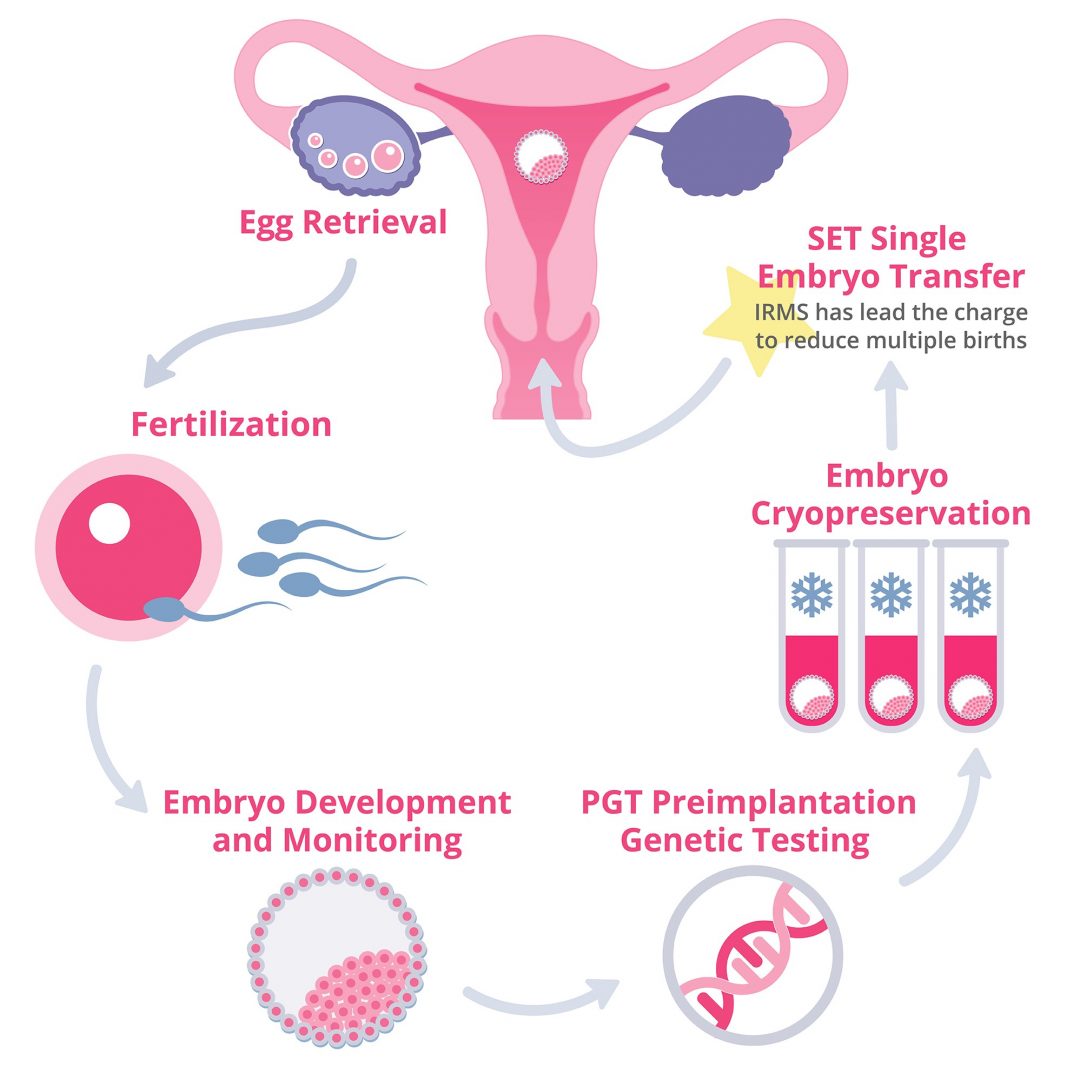
- Intrauterine Insemination (IUI): This method, a form of artificial insemination, administers washed sperm directly into the uterus during ovulation. It’s less invasive compared to IVF and proves beneficial in cases of male sexual dysfunction, certain instances of sperm issues, or when using donor or cryogenically frozen sperm.
- Gamete Intrafallopian Transfer (GIFT): Similar to IVF but distinctive in its approach. GIFT involves fertility drug use to prompt multiple egg production in the ovaries, followed by egg retrieval. Male sperm is purified, then combined with eggs. However, in contrast to IVF, fertilization doesn’t occur in the laboratory. Instead, the amalgamated material is inserted into the woman’s fallopian tubes, aiming for natural fertilization, often preferred for personal or religious reasons.
- Zygote Intrafallopian Transfer (ZIFT) and Tubal Embryo Transfer (TET): Following a procedure similar to GIFT, ZIFT and TET initiate controlled ovarian hyperstimulation and egg retrieval. Fertilization of eggs occurs in the laboratory before transferring them into the fallopian tubes. Advocates of ZIFT and TET believe this approach, guiding the embryo through the fallopian tubes instead of directly to the uterus, enhances the likelihood of successful implantation and pregnancy.
- Fertility Drugs and Ovulation Induction: Non-IVF therapies aiding egg production and enhancing conception prospects.
Choosing the appropriate treatment hinges on factors such as infertility causes, age, and medical history. Consulting a fertility specialist remains essential to determine the most suitable treatment option.
